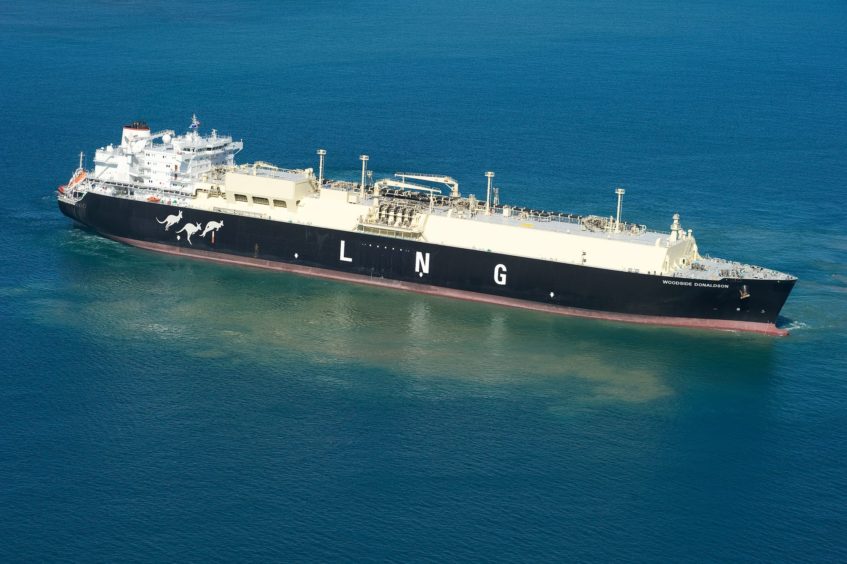
North Asia’s liquefied natural gas benchmark rose above $30 per million British Thermal units for the first time, breaking a barrier that few thought possible.
Freezing temperatures across north Asia have boosted gas consumption and caught short some end-users, sending the spot rate to new highs.
Meanwhile, numerous production issues at export facilities and delays traversing the Panama Canal curbed supplies.
The Japan-Korea Marker, Asia’s benchmark for the fuel, rallied 15% to $32.494 per million Btu on Tuesday, the highest since S&P Global Platts began assessments in 2009.
Trafigura Group on Tuesday bought an LNG cargo from Total SE for $39.30 per million British thermal units on the S&P Global Platts Market on Close.
This marks a dramatic turnaround for the fuel, which hit an all-time low less than nine months ago amid pandemic lockdowns.
Tuesday’s spot price represents a 18-fold rise from that level.
A cold blast sweeping through North Asia has caught the biggest consumers of the super-chilled fuel off guard.
Regional importers are scrambling to pick up prompt supplies to refill inventories, but the market is so tight that traders have been forced to purchase at sky-high rates to get their hands on cargoes.
To make matters worse, a shortage of LNG tankers has boosted charter rates to a record high, making it expensive to ferry the fuel.
The spot rally will likely lose steam as the winter cold subsides. Warming temperatures will soften demand, supply outages will eventually be resolved and tightness in shipping availability should ease. That is already being illustrated in spot prices for March delivery, which are trading at half the rate for February.
Recommended for you
